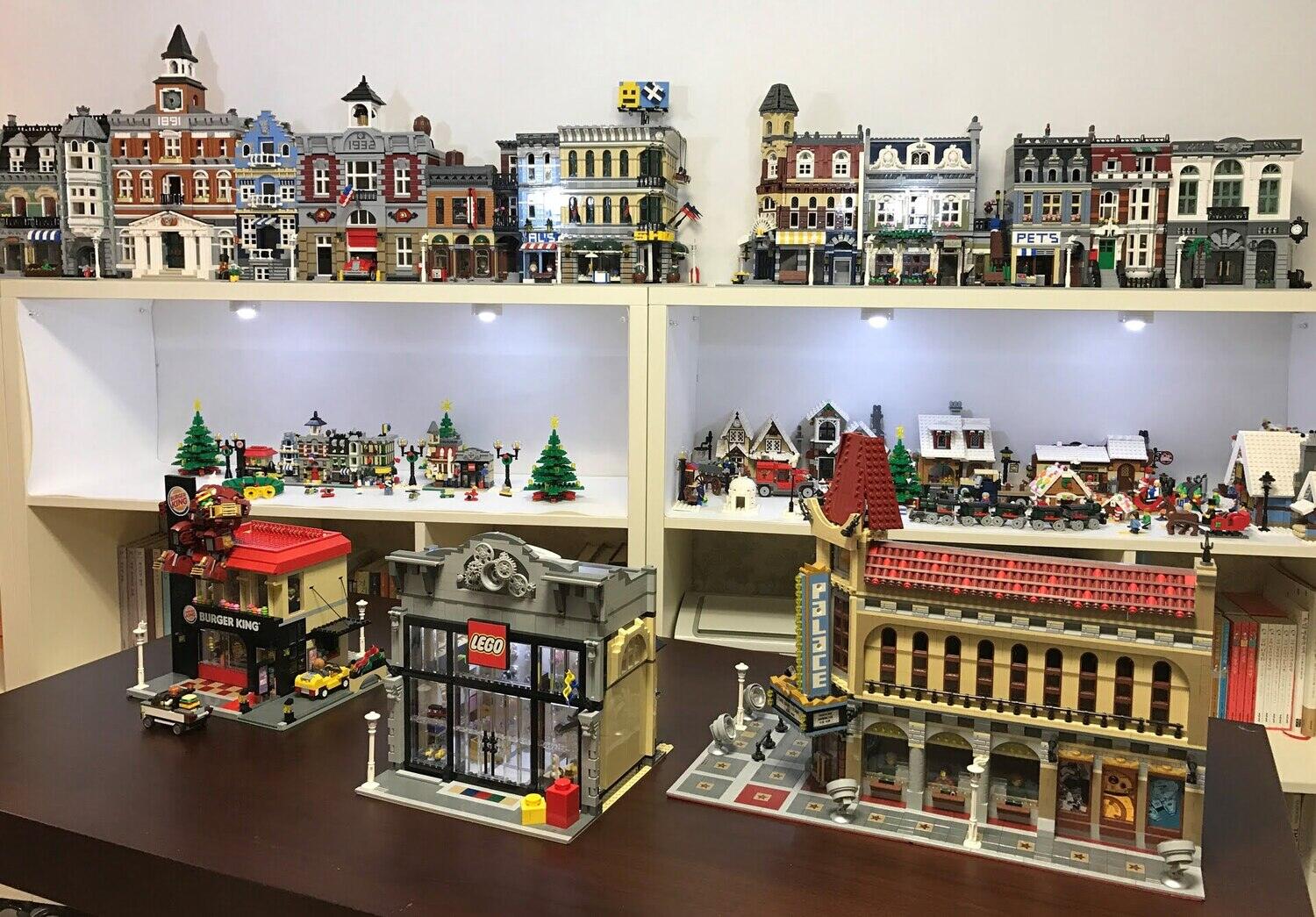

Articles
How To Store Built Lego Sets
Modified: January 21, 2024
Learn how to properly store your built Lego sets in this informative article. Keep your Legos organized and protected for years to come.
(Many of the links in this article redirect to a specific reviewed product. Your purchase of these products through affiliate links helps to generate commission for Storables.com, at no extra cost. Learn more)
“
Introduction
Legos have been a beloved toy for generations, allowing children and adults alike to unleash their creativity and build amazing structures. Whether it’s a classic Lego set or a custom creation, the time and effort put into building these sets are valuable. As Lego enthusiasts, it’s essential to know how to store our built Lego sets properly to preserve them for years to come.
Proper storage not only keeps Lego sets organized but also helps prevent damage and loss of pieces. With the right storage solutions and techniques, you can ensure that your built Lego sets remain intact and ready for future play or display.
In this article, we will explore the various aspects of storing built Lego sets, from choosing the right storage solution to sorting, disassembling, cleaning, packaging, labeling, and long-term storage tips. Let’s dive in!
“”
Key Takeaways:
- Properly storing built Lego sets is essential for preserving their condition and ensuring long-term enjoyment. From choosing the right storage solution to displaying sets creatively, mindful storage practices can maintain their value and integrity.
- Sorting, cleaning, packaging, and labeling Lego sets are crucial steps in preserving their quality. Whether stored in custom containers or original boxes, proper care and long-term storage tips ensure years of joy and creativity.
Read more: How To Store Legos
Choosing the Right Storage Solution
When it comes to storing built Lego sets, selecting the right storage solution is crucial. Different storage options offer varying levels of protection, accessibility, and space-saving capabilities. Here are a few popular storage solutions to consider:
- Plastic Bins: Plastic bins are a versatile and affordable storage option. Look for bins with adjustable compartments or dividers to keep the Lego pieces organized. Ensure that the bins are sturdy and stackable, allowing for easy storage.
- Drawers or Cabinets: If you have space available, investing in a set of drawers or cabinets specifically designed for small items like Lego can be a great solution. These provide easy access to the pieces and keep them neatly organized. Opt for drawers with smaller compartments or dividers to separate different types of Lego pieces.
- Storage Boxes with Lids: Transparent storage boxes with lids are another popular option. They offer protection from dust and damage while allowing you to easily identify the contents of each box. Choose boxes with removable dividers or adjustable compartments for better organization.
- Tackle Boxes: Tackle boxes are a fantastic storage solution, especially for small Lego sets or loose pieces. The compartments in tackle boxes keep the pieces separate and prevent them from getting mixed up. Look for tackle boxes with secure latches to keep the contents safe during storage and transportation.
When selecting the storage solution, consider factors such as the size and quantity of your Lego sets, available storage space, and your personal preferences. It’s also a good idea to invest in storage solutions that can be easily expanded or modified as your Lego collection grows.
Additionally, keeping your built Lego sets in a dedicated storage area can help protect them from accidental damage or misplacement. Designate a specific area, such as a shelf or a cabinet, to house your built Lego sets. This ensures that they are kept safe and easily accessible whenever you want to revisit or display them.
Remember, the goal is to choose a storage solution that offers a balance of protection, organization, and ease of access. By selecting the right storage solution, you can ensure that your built Lego sets remain in great condition for years to come.
“”
Sorting and Organizing Your Lego Sets
Sorting and organizing your Lego sets is essential for easy access, efficient building, and maintaining the integrity of each set. Here are some tips to help you sort and organize your Lego pieces:
- Sort by Color: One of the simplest ways to organize Lego pieces is by color. This method makes it easier to quickly locate specific colored pieces when building or rebuilding a set. Use separate containers or compartments for each color.
- Sort by Type: Another approach is to sort Lego pieces by type (e.g., bricks, plates, tiles, minifigures). This method allows for easy retrieval of specific types of pieces when needed. Use smaller containers or dividers within larger storage solutions to keep different types of pieces separate.
- Sort by Set: If you have multiple Lego sets, you might consider sorting and organizing the pieces by set. Keep the pieces from each set together in separate storage containers or labeled bags. This way, when you want to rebuild a specific set, you can easily locate all the necessary pieces.
- Invest in Sorting Trays: Sorting trays with multiple compartments are a valuable tool for organizing small and medium-sized Lego pieces. These trays allow you to sort the pieces by size, shape, color, or any other criteria you prefer.
- Labeling: To keep track of your sorted Lego pieces, use labels or index cards to identify the contents of each storage container or compartment. This way, you can quickly find the pieces you need without rummaging through multiple containers.
- Keep Instruction Manuals Separate: Ensure that you have a designated area to store the instruction manuals for your Lego sets. Keeping them together and easily accessible will save you time when you want to rebuild a set.
Experiment with different sorting and organizing methods to find what works best for you and your Lego collection. Remember, the goal is to have a system that allows for easy identification and retrieval of Lego pieces, whether you”re building a specific set or getting creative with your own designs.
By properly sorting and organizing your Lego sets, you”ll save time and frustration searching for specific pieces and ensure that each set remains intact. Now that we’ve covered sorting and organizing, let’s move on to the next step in storing built Lego sets: disassembling and cleaning.
“”
Disassembling and Cleaning Lego Sets
Before storing your built Lego sets, it’s important to disassemble and clean them properly. This not only ensures that the pieces are free from dirt and debris but also makes it easier to store them without damaging any fragile components. Here are the steps to follow:
- Work in a Clean and Well-Lit Area: Find a clean and well-lit space to disassemble your Lego sets. This will help you see the small pieces clearly and prevent any lost pieces due to poor visibility.
- Start with the Larger Pieces: Begin by disassembling the larger components, such as the buildings or vehicles. Gently separate the connected pieces, taking care not to apply excessive force and cause any damage. If needed, refer to the instruction manual for guidance.
- Disassemble the Smaller Components: After removing the large pieces, move on to disassembling the smaller components, such as the smaller bricks and accessories. Take your time and ensure that each piece is carefully separated without any undue stress or strain.
- Clean the Lego Pieces: Once the Lego set is fully disassembled, it’s time to clean the individual pieces. Fill a basin or sink with warm water and a mild detergent, then gently immerse the pieces. Use a soft brush or toothbrush to scrub away any dirt or grime. Rinse each piece thoroughly with clean water and pat them dry with a towel. Avoid using harsh cleaners or hot water, as they may damage the plastic.
- Dry the Pieces Completely: Ensure that all the Lego pieces are dried completely before proceeding with the storage process. Moisture can lead to mold or damage to the pieces, so allow them to air dry for a few hours or use a fan for quicker drying.
Remember, when disassembling and cleaning Lego sets, it’s essential to handle the pieces with care to avoid breakage or loss. Taking the time to properly disassemble and clean the sets ensures that they are in good condition and ready for storage or future play.
Now that your Lego pieces are clean, dry, and ready to go, it’s time to move on to the next step: packaging and labeling your Lego sets for storage.
“”
Packaging and Labeling Lego Sets
After disassembling and cleaning your Lego sets, it’s important to package and label the individual pieces before storing them. Proper packaging and labeling not only keep the pieces organized but also make it easier to locate specific pieces when you want to rebuild a set. Here’s how you can package and label your Lego sets:
- Use Ziploc Bags or Small Containers: Ziploc bags or small containers are excellent options for packaging individual Lego pieces. You can group similar pieces together in each bag or container to keep them organized and prevent them from getting mixed up. Clear bags or containers are preferable, as they allow you to easily see the contents.
- Group Similar Pieces: Sort the Lego pieces into groups based on their type, size, or specific set. For example, you can group all the bricks together, separate the Technic pieces, or keep the components of each set in their own bag or container. This makes it easier to find the specific pieces you need when rebuilding a set.
- Label Each Bag or Container: To make it even easier to find the pieces you’re looking for, label each bag or container with a description of its contents. You can either write directly on the bag or container using a permanent marker or use small adhesive labels. Make sure the labels are clear and legible.
- Consider Using Small Drawers or Modular Storage Systems: If you have a larger Lego collection, investing in small drawers or modular storage systems can help keep your labeled bags or containers organized. Label each drawer or module to indicate the type or category of the Lego pieces it contains.
- Create an Inventory List: To keep track of your Lego collection and make it easier to locate specific pieces, consider creating an inventory list. This can be a simple spreadsheet or document where you list the sets you own and the corresponding bag or container they’re stored in. Update the list as you acquire new sets or make changes to your storage system.
By packaging and labeling your Lego sets, you’ll have a well-organized and easily accessible collection. Whether you’re rebuilding a specific set or exploring your creativity, having the pieces labeled and grouped together saves you time and frustration.
Now that your Lego sets are packaged and labeled, you have two primary options for storage: custom containers or the original boxes. Let’s explore both options in more detail.
“”
Store built Lego sets in a cool, dry place away from direct sunlight to prevent discoloration and warping. Consider using plastic storage bins or display shelves to keep them organized and dust-free.
Read more: How To Store Legos That Are Built
Storing Lego Sets in Custom Containers
If you prefer a more customized storage solution for your Lego sets, using custom containers can be a practical and efficient option. Custom containers offer flexibility in terms of space utilization and organization. Here’s how you can store your Lego sets in custom containers:
- Select Appropriate Containers: Choose containers that are suitable for the size and quantity of your Lego sets. It’s best to opt for clear containers so you can easily see the contents without having to open them.
- Divide and Conquer: Utilize dividers or compartmentalized trays within the containers to separate different Lego sets or individual pieces. This helps prevent pieces from mixing together and becoming jumbled.
- Label Each Container or Compartment: Labeling each container or compartment is crucial for easy identification. Include the name of the set or a brief description to quickly locate the desired Lego set or piece when needed.
- Stack and Store: Custom containers are often stackable, allowing you to maximize vertical storage space. Stack the containers securely to optimize space utilization while keeping your Lego sets accessible.
- Consider Modular Storage Systems: Modular storage systems with interlocking compartments can be an excellent choice for storing and organizing Lego sets. They provide the flexibility to expand and rearrange the compartments as your collection grows or changes.
- Prioritize Protection: Ensure that the custom containers provide adequate protection from dust, moisture, and potential damage. Look for containers with secure lids or consider using sealable bags within the container for extra protection.
Storing Lego sets in custom containers offers a high level of customization and organization. You can easily access and locate the individual sets or pieces you need without having to search through multiple boxes or bags. Plus, the transparent containers allow you to appreciate your Lego collection even while in storage.
However, if you prefer to keep your Lego sets in their original packaging, the next section will cover storing Lego sets in their original boxes.
“”
Storing Lego Sets in Original Boxes
If you’re a collector or simply want to preserve the authenticity of your Lego sets, storing them in their original boxes can be the ideal choice. Lego sets often come in colorful and well-designed packaging that adds to their appeal. Here are the steps to store your Lego sets in their original boxes:
- Keep the Original Boxes: Ensure that you retain the original boxes of your Lego sets. If you’ve already disposed of them, consider reaching out to Lego customer service to inquire about obtaining replacement boxes.
- Store Boxes in a Safe and Dry Location: Find a dry and secure place to store the original boxes. Moisture and excessive heat can damage the packaging, so it’s important to keep them in a controlled environment.
- Stack Boxes Vertically: Stack the Lego set boxes vertically to prevent squishing or damaging the packaging. This method also saves space and allows for easier access to the specific set you want.
- Consider the Weight: Be mindful of the weight of the boxes when stacking them. Avoid placing heavier boxes on top of lighter ones to prevent excessive pressure on the packaging.
- Protect the Boxes: To shield the original boxes from dust, sunlight, and potential damage, consider placing them inside plastic sleeves or protective coverings. This extra layer of protection helps retain the condition and value of the packaging.
- Label Each Box: To quickly identify specific sets, label each box with the name or number of the Lego set it contains. This helps you locate the desired set without having to open multiple boxes.
- Store Instruction Manuals Separately: Keep the instruction manuals separate from the box storage. Place them in a designated area, such as a folder or binder, to ensure they remain in good condition and easily accessible when needed.
Storing your Lego sets in their original boxes is an excellent option for collectors or those who appreciate the aesthetic appeal of the packaging. It allows you to showcase and maintain the authenticity of each set. However, keep in mind that storing sets in their original boxes may take up more space compared to alternative storage methods.
Whether you choose to store your Lego sets in custom containers or their original boxes, you’ve taken important steps to preserve and protect your cherished collection. The next section will explore another aspect of storing Lego sets: displaying them.
“”
Displaying Lego Sets
For many Lego enthusiasts, displaying their built Lego sets is a great way to showcase their creativity and share their love for Lego with others. Displaying Lego sets not only adds visual appeal to your space but also allows you to appreciate the intricate details and hard work you’ve put into building each set. Here are some ideas for displaying your Lego sets:
- Shelving Units: Install shelves on your wall dedicated to displaying your Lego sets. Use different shelf heights to accommodate sets of various sizes. This creates an eye-catching display and makes it easy for visitors to admire your collection.
- Display Cases: Consider investing in display cases specifically designed for Lego sets. These cases offer protection from dust and potential damage while allowing you to showcase your sets in a clean and organized manner. Select cases with adjustable shelves to accommodate sets of different heights.
- Build a Lego Display Stand: Get creative and build your own Lego display stand or platform. Customize the design to complement the theme or style of your Lego sets. This adds a personal touch and makes the display even more unique.
- Theme-Based Display: Create a themed display by grouping sets from the same series or featuring similar elements. This can be particularly effective for large collections or sets that belong to a specific Lego theme, such as Star Wars or Harry Potter.
- Integrate Lighting: Enhance the visual impact of your Lego display by incorporating lighting elements. Install small LED lights or spotlights to highlight specific sets or create an overall inviting ambiance. This adds a touch of drama and draws attention to the intricate details of your Lego creations.
- Rotate the Display: Keep your display fresh and engaging by periodically rotating the sets on display. This allows you to showcase different sets or rebuild existing ones. It also keeps your display dynamic and prevents it from becoming stale.
Remember to consider the available space and the overall aesthetic you want to achieve when displaying your Lego sets. Whether it’s a dedicated Lego room, a shelf in your living room, or a display case in your office, let your collection shine and become a conversation starter.
With your Lego sets beautifully displayed, the next section will provide some helpful tips for long-term Lego storage to ensure the preservation of your sets for years to come.
“”
Tips for Long-Term Lego Storage
Long-term storage is essential for preserving the quality and longevity of your Lego sets. Whether you’re storing them for future play or as part of your collection, following these tips will help keep your Lego sets in excellent condition:
- Keep Away from Direct Sunlight: Exposure to direct sunlight can cause fading and discoloration of Lego bricks and packaging. Store your Lego sets in a location away from windows or use UV-filtering film to protect them from harmful rays.
- Control Temperature and Humidity: Extreme temperature and humidity levels can affect the stability of Lego bricks. Avoid storing your sets in areas prone to temperature fluctuations or high moisture. Aim for a cool and dry environment to ensure their preservation.
- Avoid Extreme Temperature Changes: Drastic temperature changes can cause the bricks to expand or contract, leading to potential damage. Avoid storing your Lego sets in areas that experience rapid shifts in temperature, such as attics or basements without proper climate control.
- Handle with Clean Hands: Before interacting with your Lego sets, make sure your hands are clean. Oils, dirt, and residue on hands can transfer onto the Lego bricks and affect their appearance over time. Regularly wash your hands before handling the sets.
- Minimize Exposure to Dust: Dust can accumulate on Lego sets and affect their appearance and functionality. Regularly dust the area where your sets are stored or consider placing them in display cases or behind glass to reduce dust buildup.
- Check for Pest Control: Ensure that your storage area is free from pests that might damage or soil your Lego sets. Implement appropriate pest control measures to protect your collection from potential harm.
- Inspect and Clean Periodically: Regularly inspect your Lego sets for any signs of damage or deterioration. Clean the sets if necessary, following the appropriate cleaning methods mentioned earlier in this article. This helps maintain the quality and appearance of your Lego sets.
By following these tips, you can ensure that your Lego sets remain in excellent condition throughout their long-term storage. Proper care and preservation will allow you to enjoy your collection for years to come.
Remember, always handle your Lego sets with care and keep them protected in a suitable storage solution to maintain their value and integrity. Now that you’re equipped with the knowledge of long-term Lego storage, let’s conclude this article.
“”
Read more: How To Store Lego Boxes
Conclusion
Properly storing your built Lego sets is crucial for preserving their condition and ensuring they bring joy for years to come. By choosing the right storage solution, sorting and organizing the pieces, disassembling and cleaning the sets, packaging and labeling them, and considering custom containers or original boxes, you can keep your Lego sets safe and well-maintained.
Whether you opt for custom containers or prefer to store the sets in their original boxes, both options offer unique benefits. Custom containers provide flexibility and organization, while original boxes preserve the authenticity and aesthetic appeal of each set.
Displaying your Lego sets is a wonderful way to showcase your creativity and share your passion for building. Whether you create a themed display, use shelving units, or consider lighting elements, displaying your Lego sets allows you to appreciate the intricate details and hard work you’ve put into each creation.
Additionally, following the tips for long-term Lego storage, such as controlling temperature and humidity, minimizing exposure to dust, and keeping the sets away from direct sunlight, will help retain the quality and longevity of your collection.
Remember to handle your Lego sets with care, wash your hands before touching them, and periodically inspect and clean the sets to maintain their value and appearance. By implementing these practices, you can ensure that your Lego sets continue to bring joy and inspire creativity for years to come.
So, go ahead, store your built Lego sets mindfully, display them proudly, and enjoy the magic of Lego for generations to come!
“
Frequently Asked Questions about How To Store Built Lego Sets
Was this page helpful?
At Storables.com, we guarantee accurate and reliable information. Our content, validated by Expert Board Contributors, is crafted following stringent Editorial Policies. We're committed to providing you with well-researched, expert-backed insights for all your informational needs.
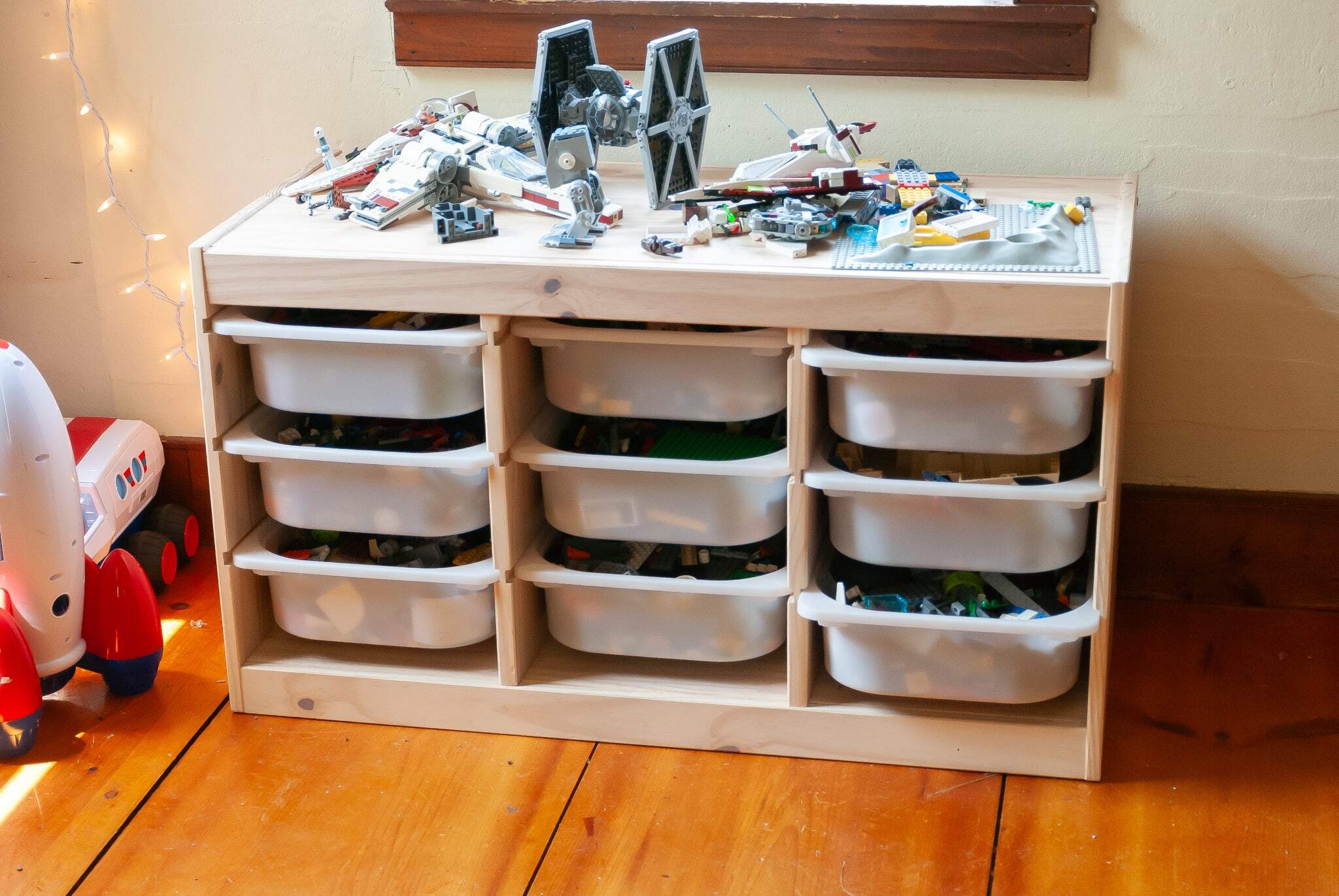
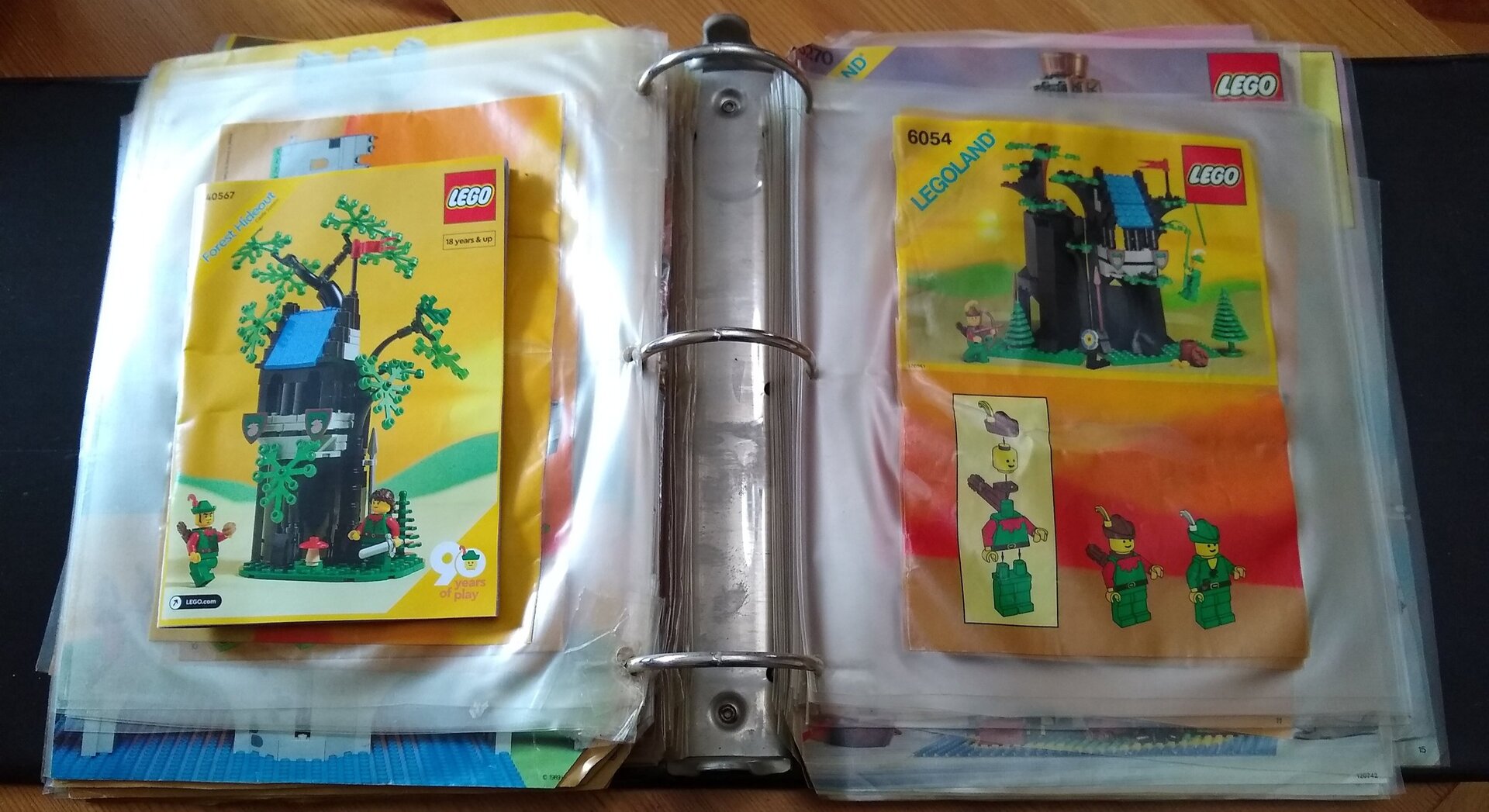
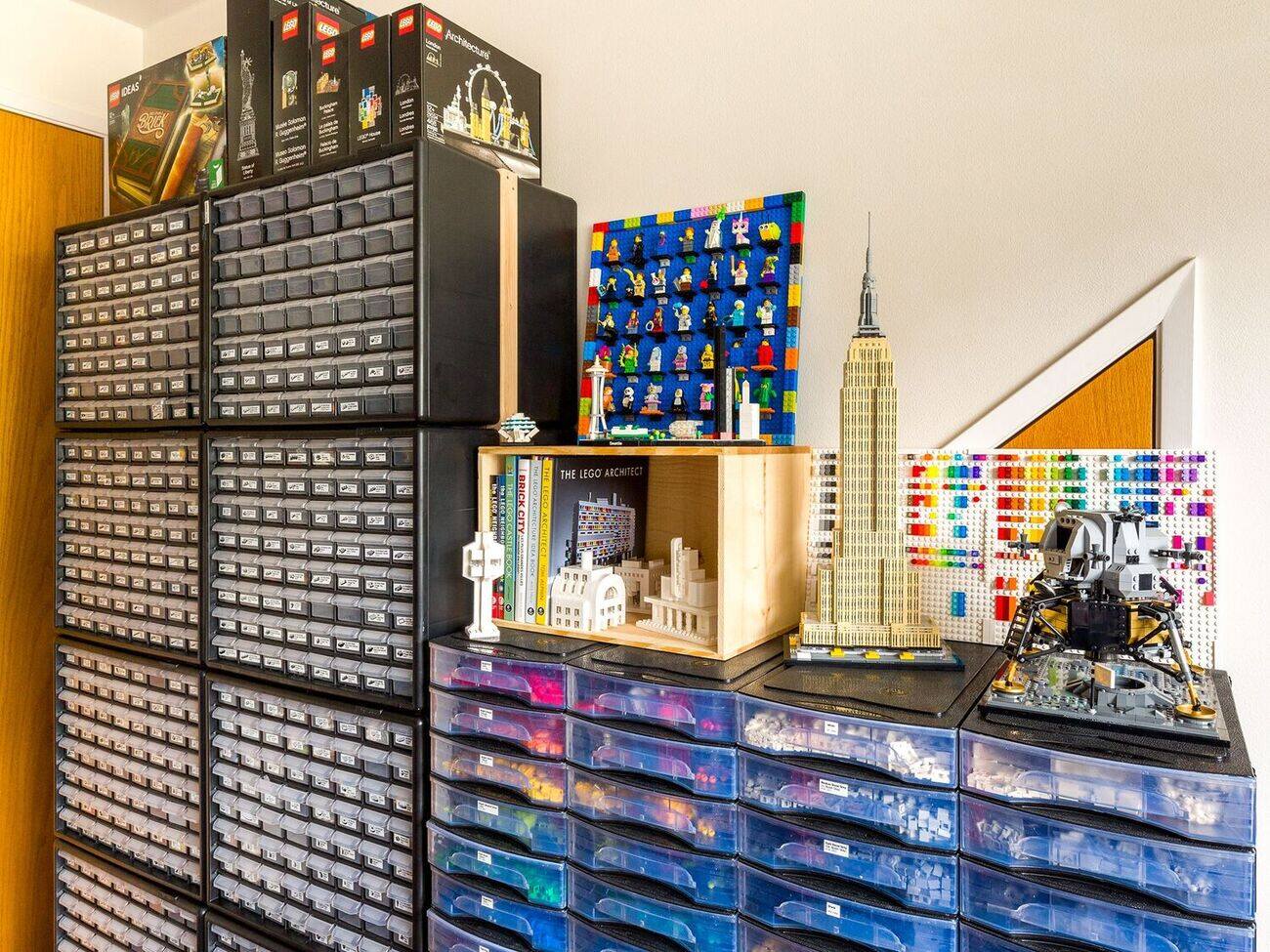
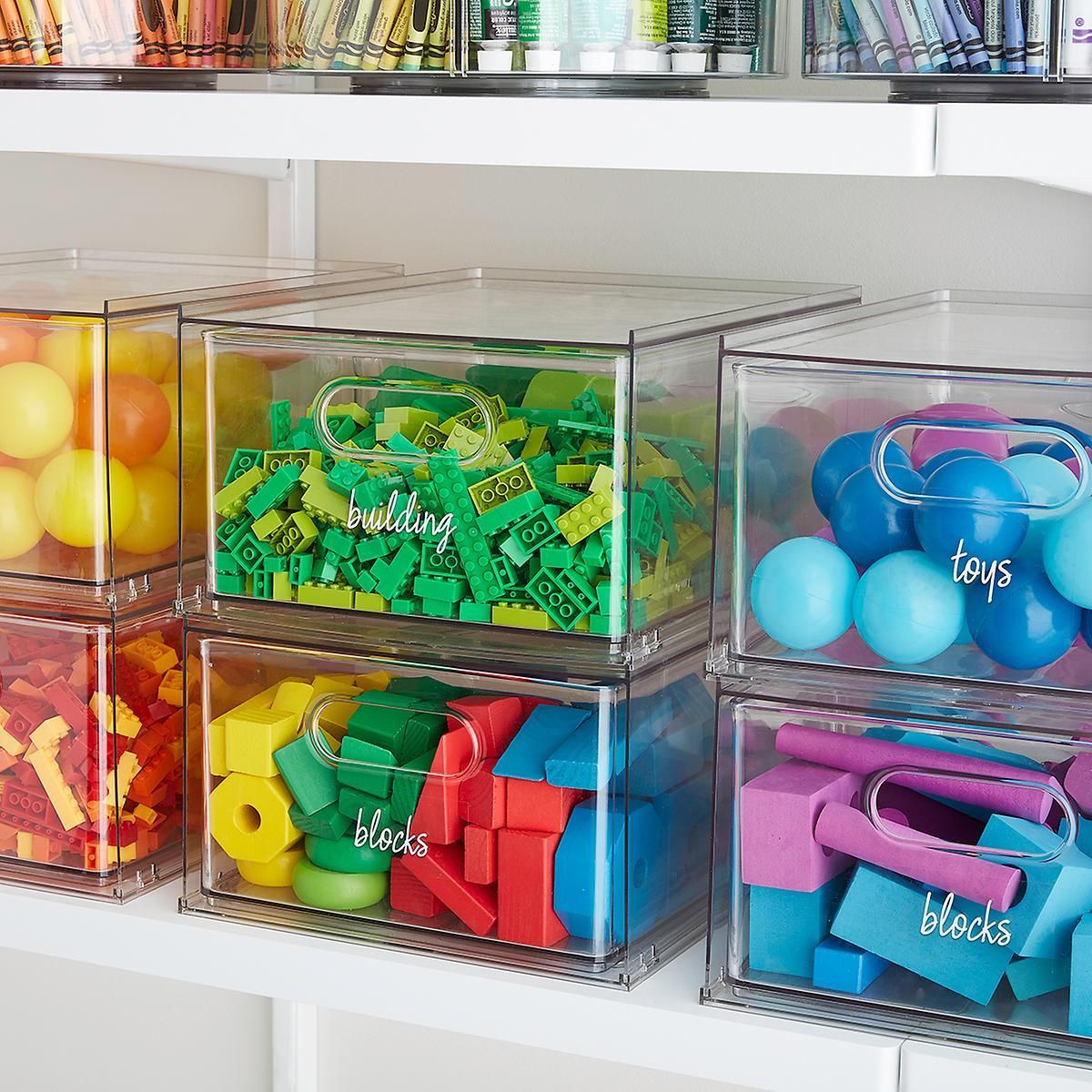
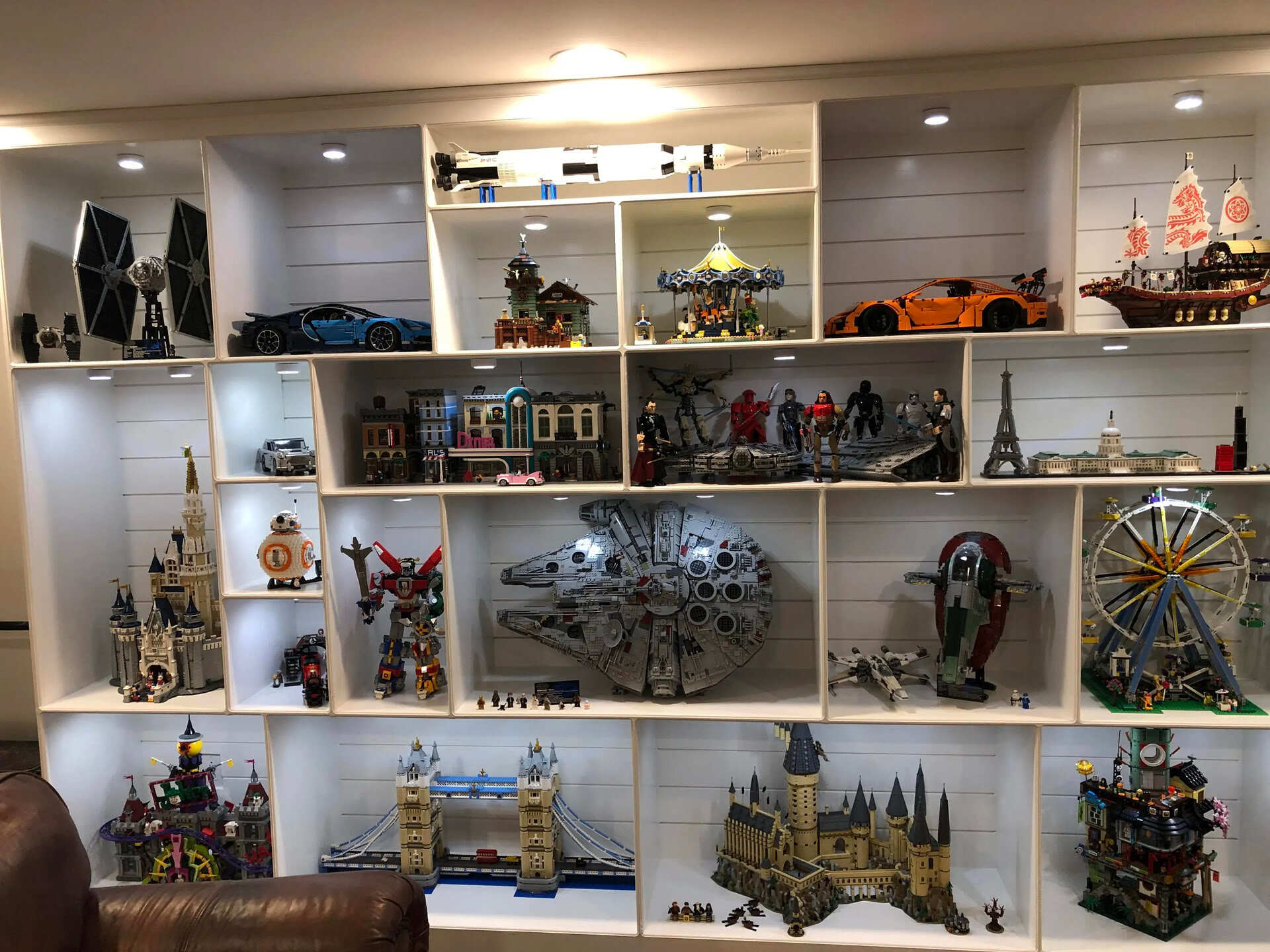
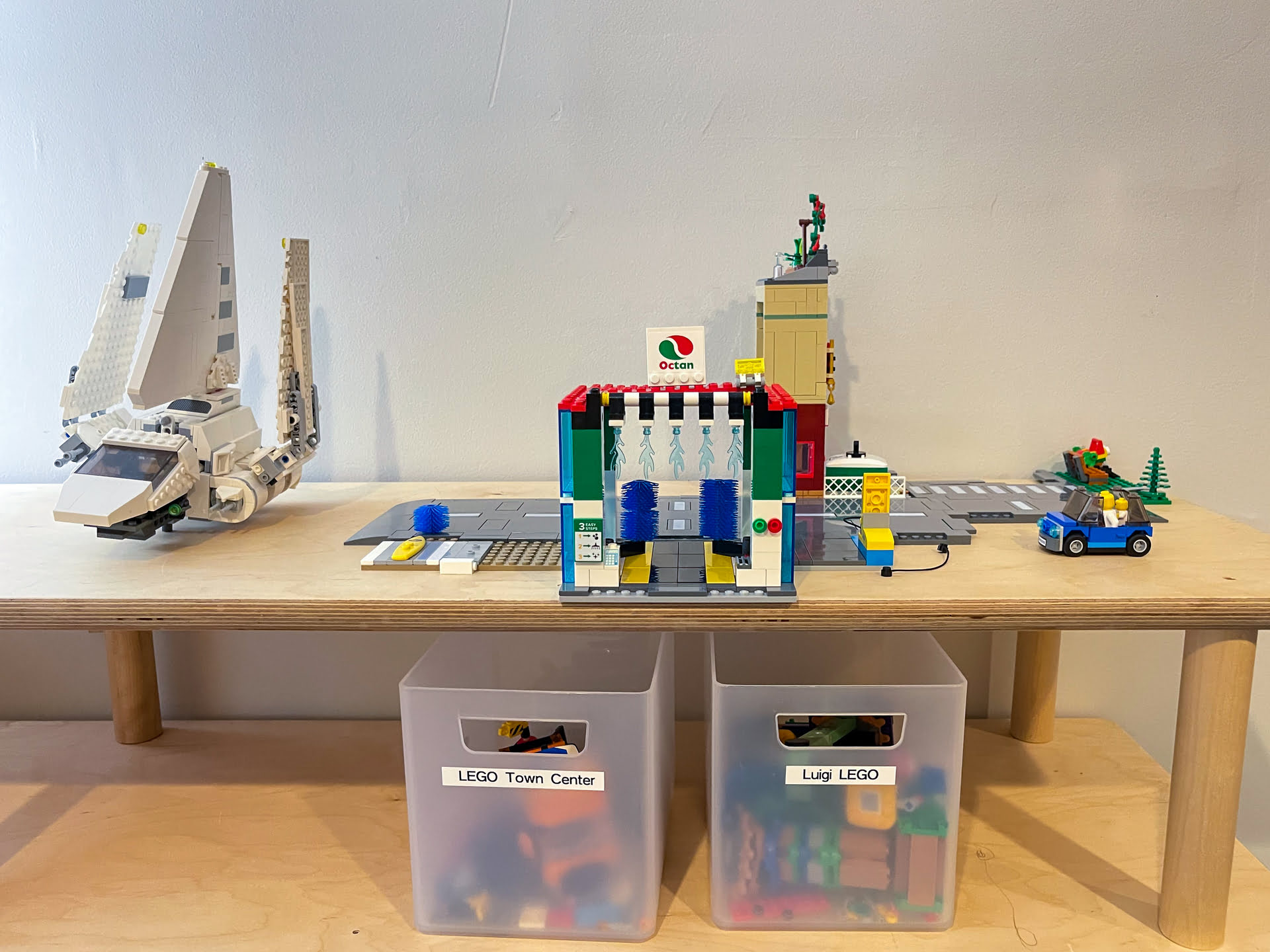
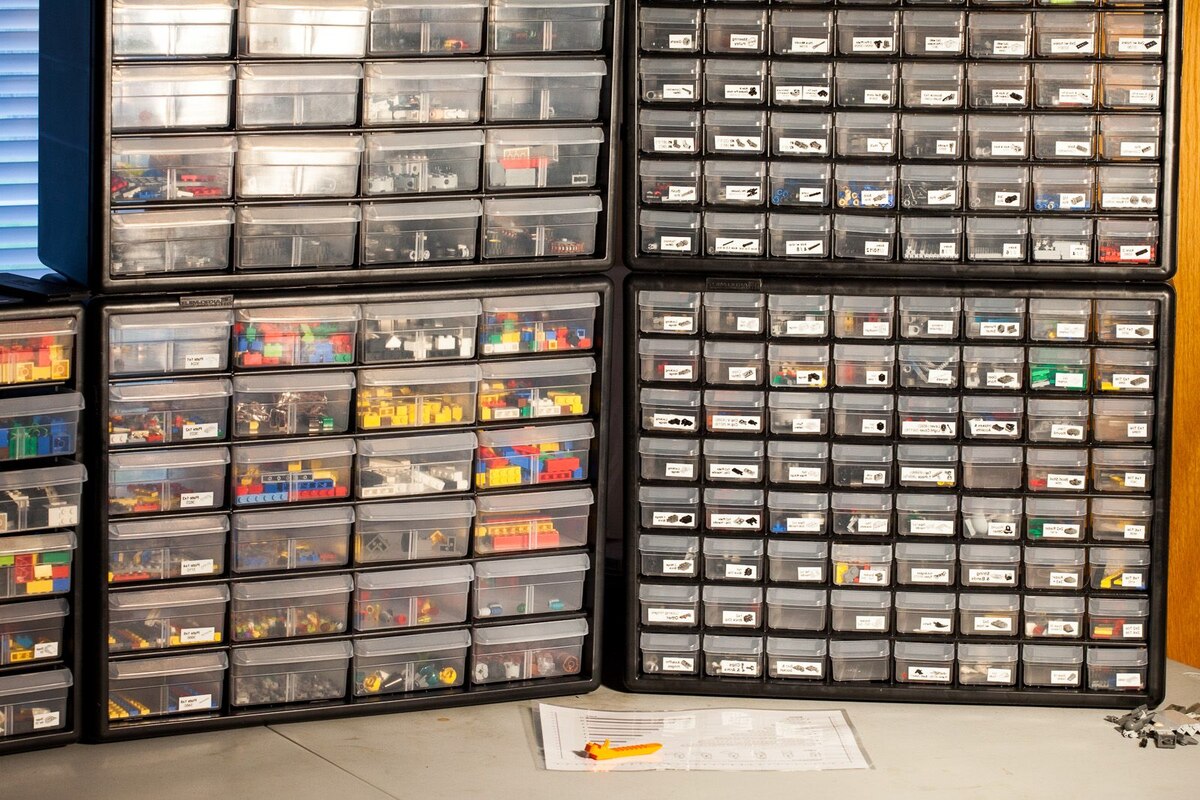
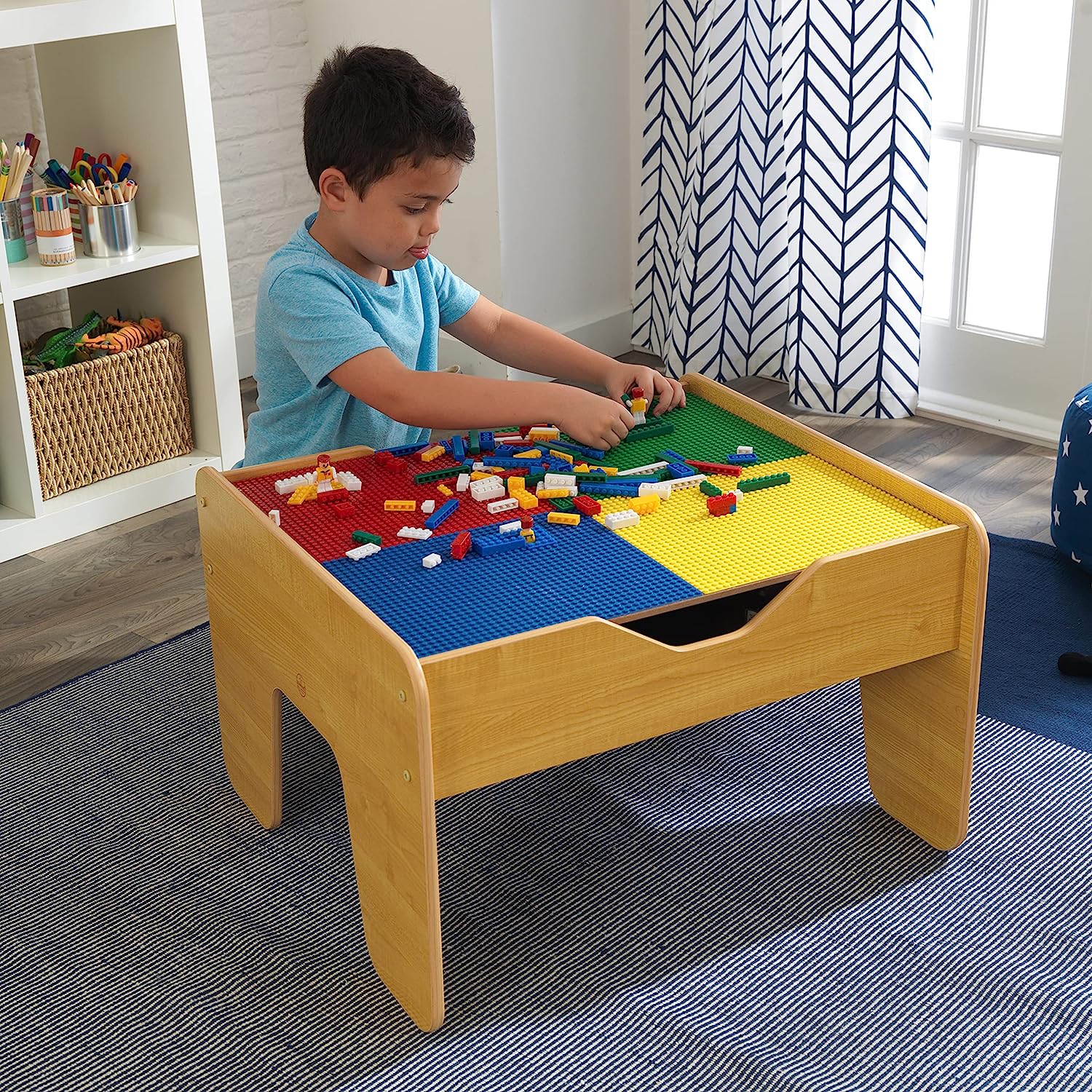
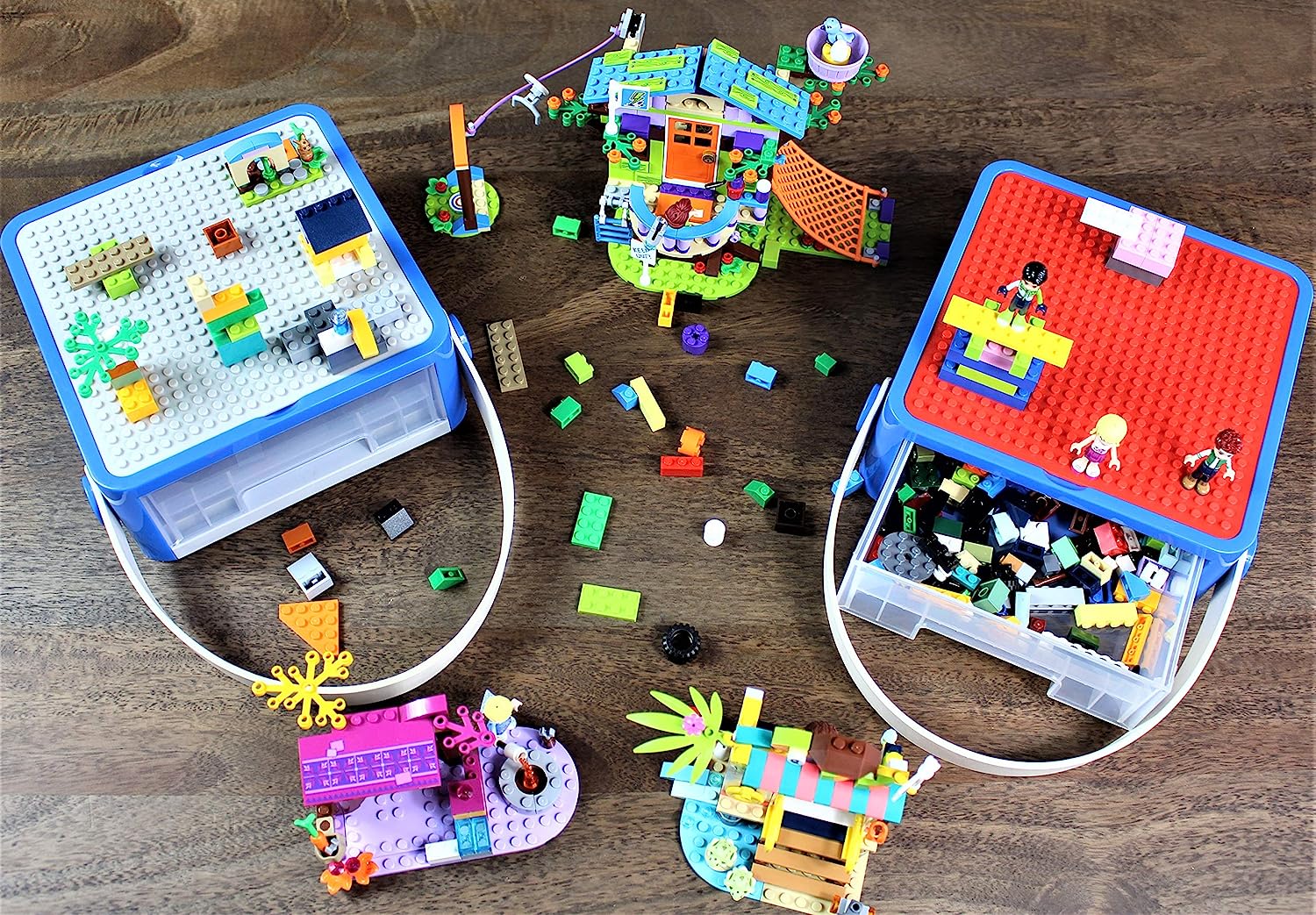
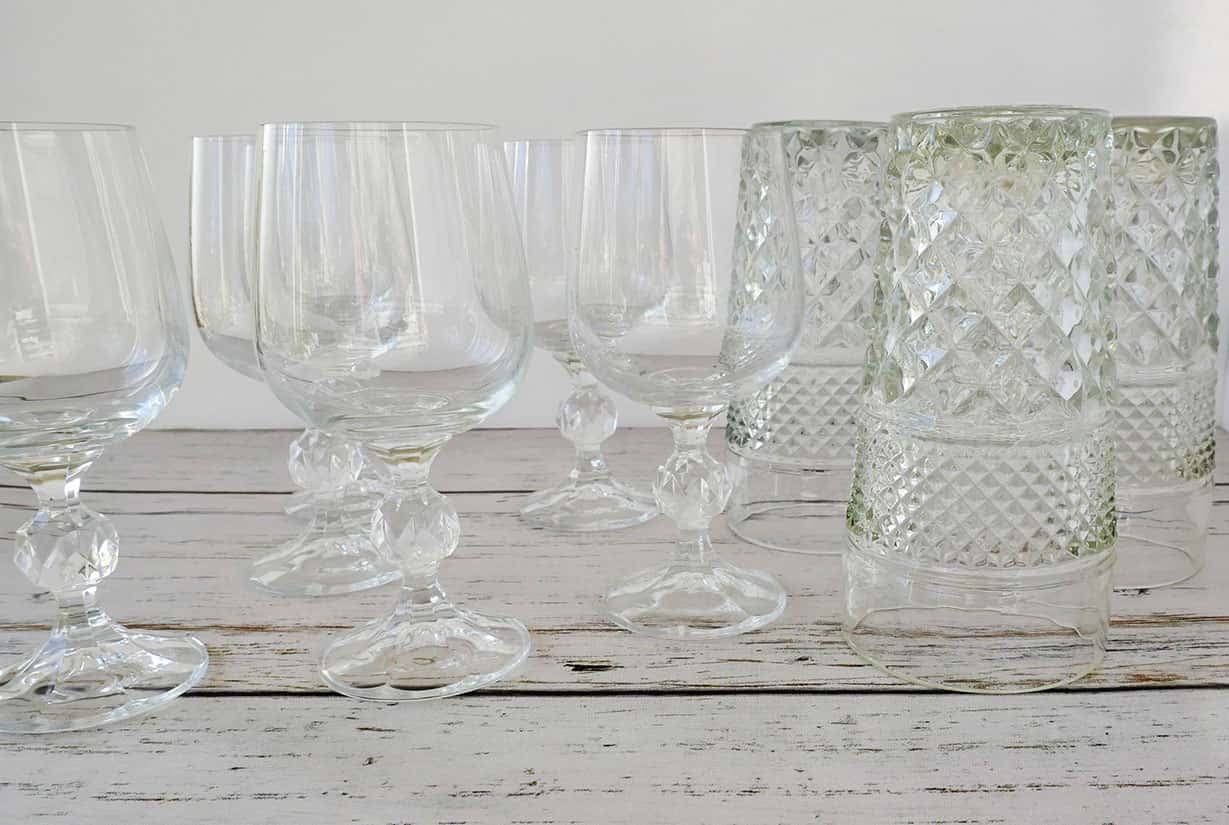
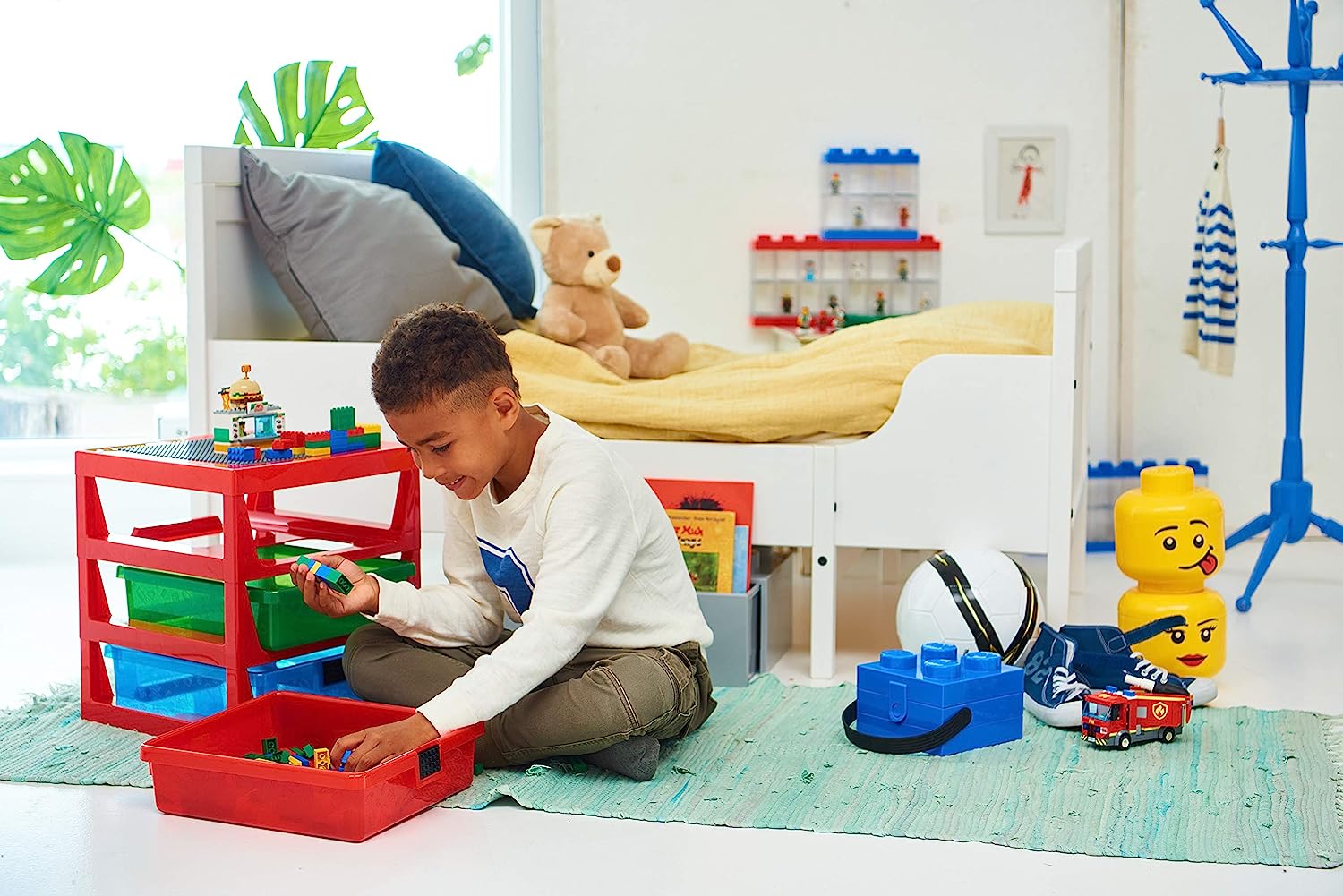
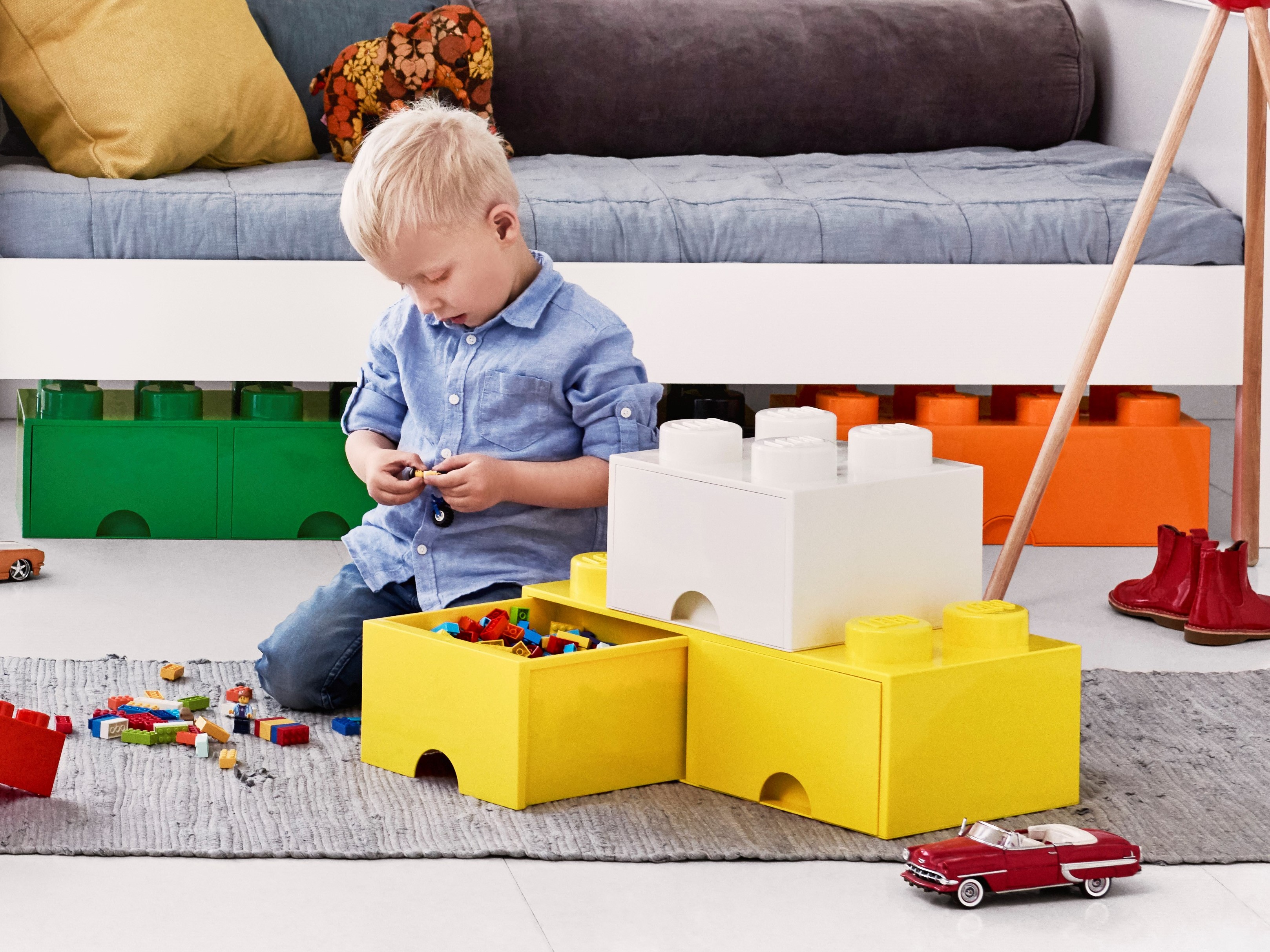
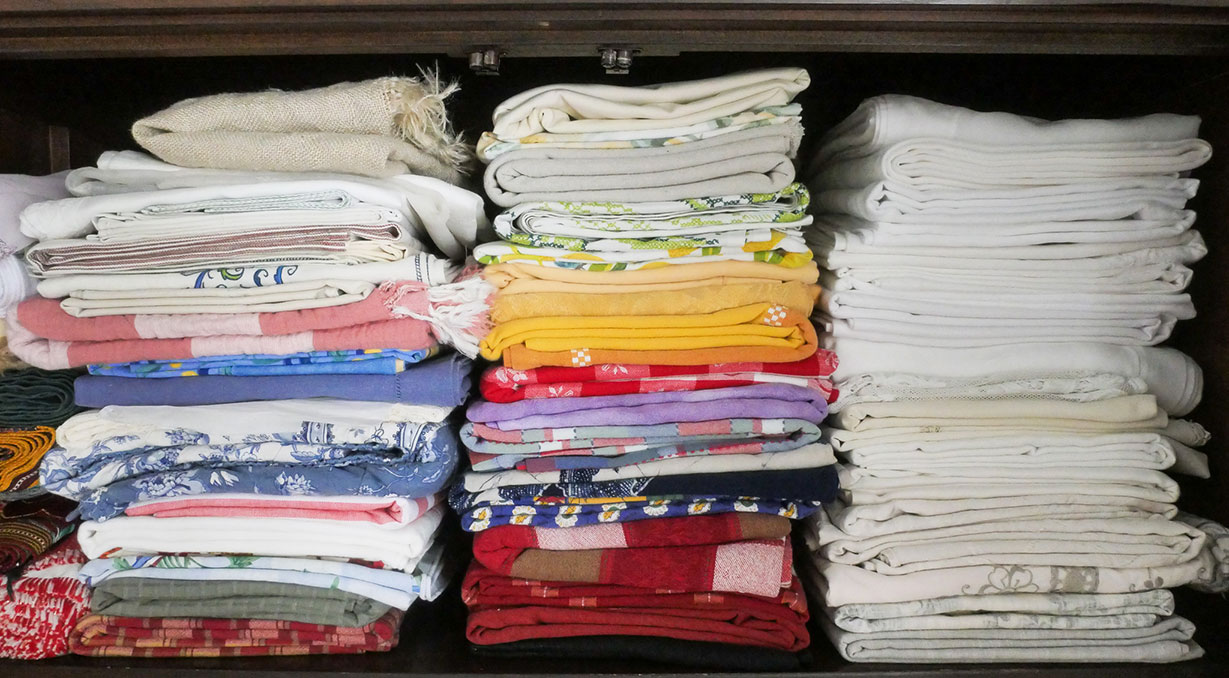

0 thoughts on “How To Store Built Lego Sets”